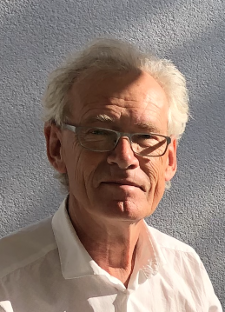Universitetsavisen
Nørregade 10
1165 København K
Tlf: 21 17 95 65 (man-fre kl. 9-15)
E-mail: uni-avis@adm.ku.dk
Foredrag
Foredrag — The systematic study of Kurt Gödel’s notes in an archaic German shorthand has revealed how Gödel became a logician and how he found his famous completeness and incompleteness theorems.
Date & Time:
Place:
Auditorium 5 at H. C. Ørsted Institute, Universitetsparken 5, København
Hosted by:
Videnskabshistorisk Selskab, http://videnskabshistorisk.dk
Cost:
Free
Kurt Gödel (1906-1978) ceased to publish new results on logic and foundations of mathematics in 1939, but he left behind literally thousands of pages of notes on the topic, written in an archaic German shorthand. The systematic study of these notes began in 2017 and has revealed two things: First, how Gödel became a logician and how he found his famous completeness and incompleteness theorems and other published results. Secondly, there is a whole book-length very clearly written summary of results he considered finished, the “Resultate Grundlagen” of 1940-42, most of it new results on set theory and intuitionistic logic. This study has been conducted within the ERC Advanced Grant project GODELIANA based at the University of Helsinki. Planned further work on the Gödel notebooks concern his 16 “Arbeitshefte,” the central aim of which was to solve Hilbert’s first and second problem, the continuum hypothesis and the consistency of analysis. These notebooks of some 1200 pages altogether contain, among others, a system of constructive analysis based on Brouwer’s notion of choice sequences, a theory of computable functionals of higher type, and a proof of the independence of the axiom of choice that uses an intensional topological model of type theory.
